-
The Signal-man by Charles Dickens Short Story Analysis

“The Signal-man” (1866) is a ghost story by iconic English author Charles Dickens. If you’ve ever fantasised about leaving your open office or customer service job to work alone in a tiny box in the middle of nowhere, unbothered and free to get on with your straight-forward but very necessary job, this might be the […]
-
The Bus by Shirley Jackson

I once read an article about why so few commuters were inclined to take the bus. This would have eased congestion in my home city. New Zealanders are notoriously wedded to their cars (which have only gotten bigger and bigger since the aggressive marketing of double-cab utes). Sure, we like our cars. But there’s this […]
-
Donnie Darko Film Study

Donnie Darko is a 2001 film set in 1988, in a fictional Virginia town called Middlesex. This genre blend of drama, mystery and science fiction is precisely ambiguous enough to generate much discussion about what is meant to have happened. This is ideal ‘cult-following’ material. Note that Donnie Darko didn’t make much of a splash when […]
-
Stephen King’s The Mist Story Analysis

When you encounter mist in real life, what do you recall? Stephen King’s novella? Frank Darabont’s 2007 adaptation of Stephen King’s novella? The 2017 TV series adaptation of Stephen King’s novella?
-
Coming Soon Short Story by Steven Millhauser Analysis
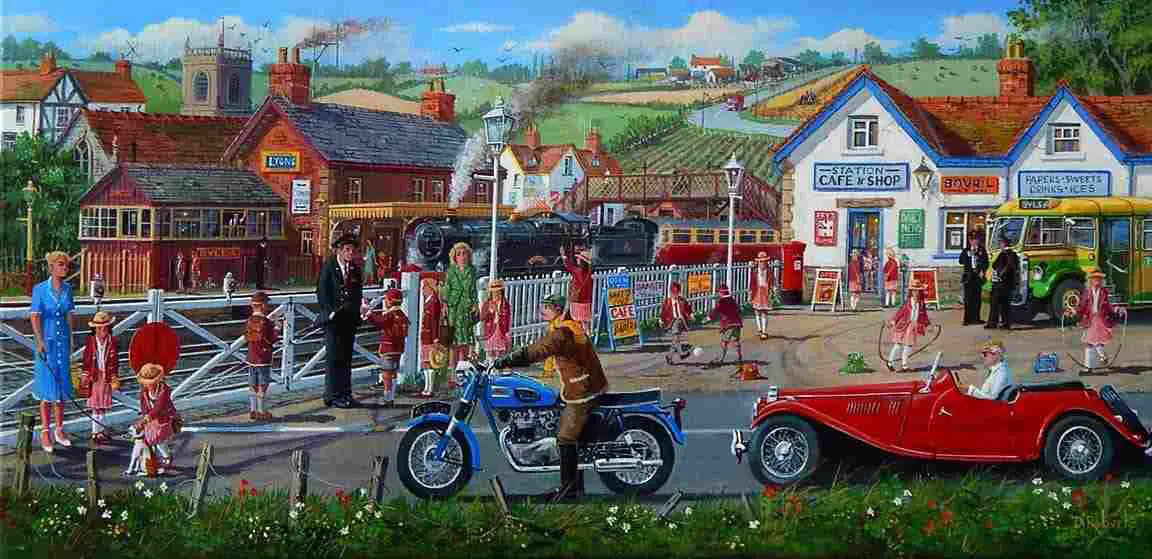
“Coming Soon” is a short story by American novelist and short story writer Steven Millhauser, first published at The New Yorker in 2013. (About 3,900 words.) Chang-rae Lee discussed this story with Deborah Treisman at the New Yorker Fiction podcast. The following are my thoughts after reading the story and listening to their discussion.
-
The Art Of Nightmares
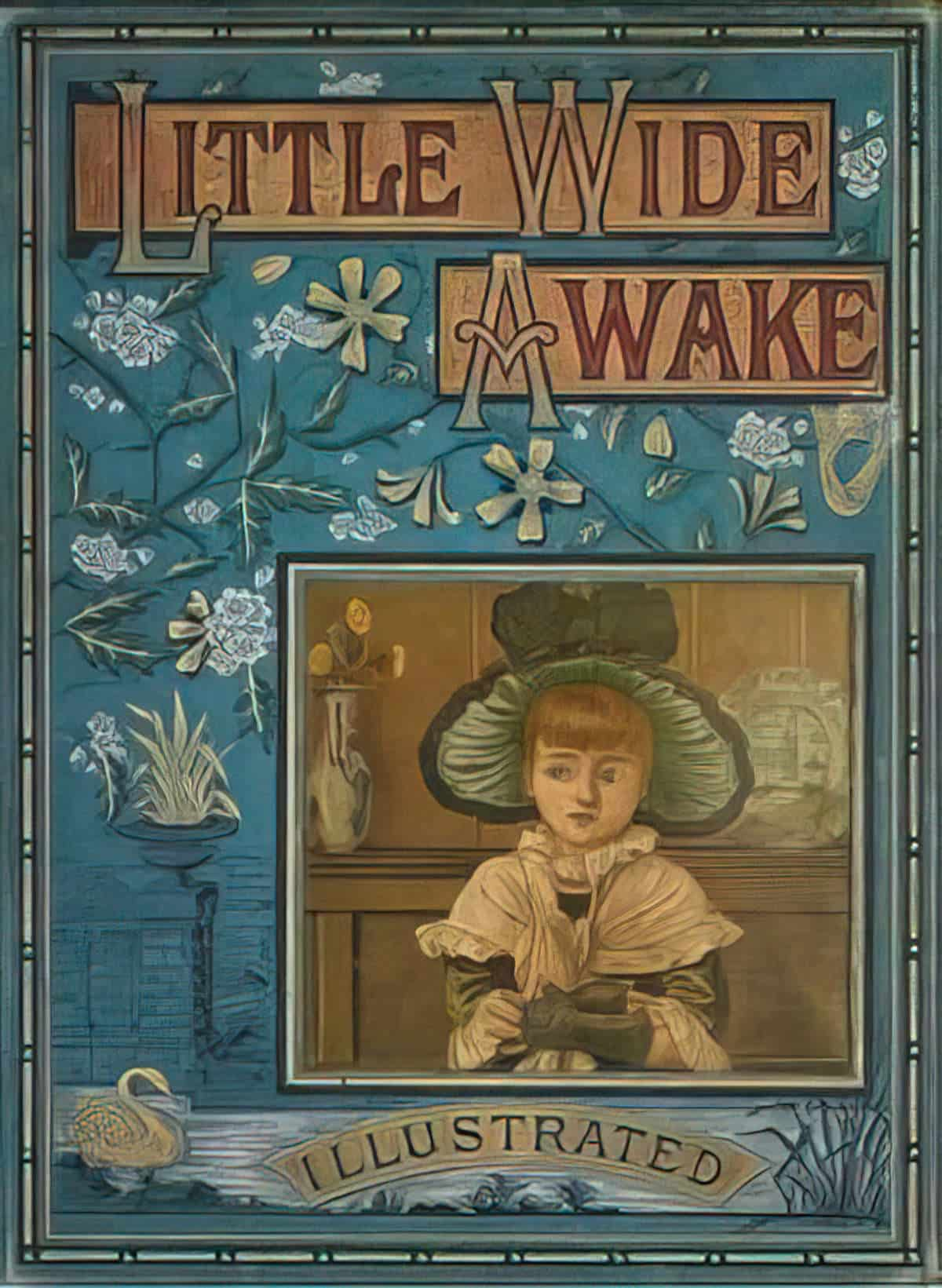
Some dreams, some poems, some musical phrases, some pictures, wake feelings such as one never had before, new in colour and form—spiritual sensations, as it were, hitherto unproved… Lilith | George MacDonald How does an artist offer the viewer a sense of nightmare? Desaturation Over all, 12 percent of people dream entirely in black and white. … In […]
-
Childhood Horror: Why are kid things so scary?

Here’s the thing about horror: It can so easily turn into accidental comedy. Watch the original 1960s Twilight Zone series and what was once genuinely scary now offers a family-night laugh. An inverse is also true: What we once considered fun, innocent, cosy and child-friendly will morph over time into something sinister. In the second […]
-
Creepy Carrots by Reynolds and Brown Analysis
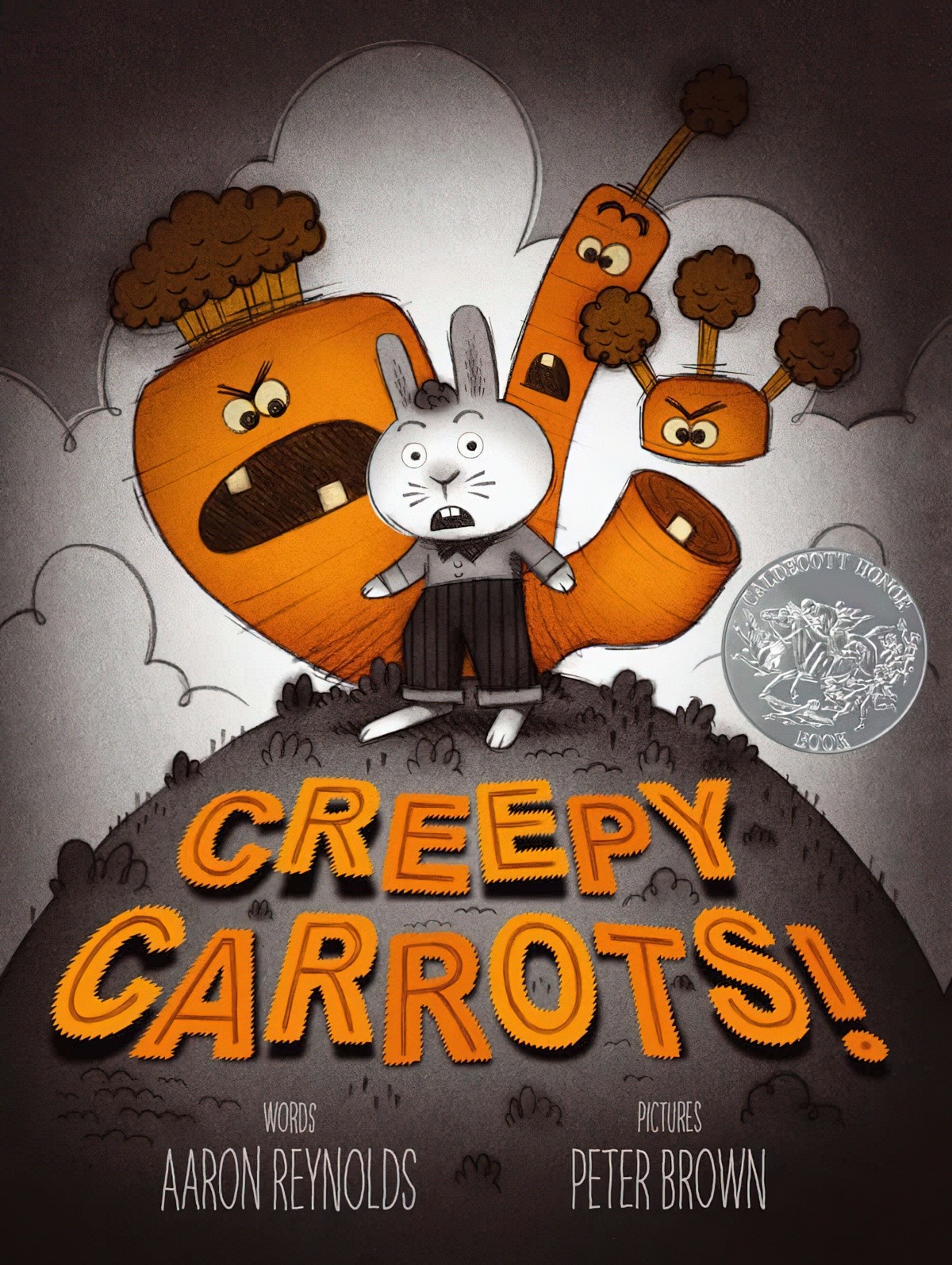
Creepy Carrots (2012) is a picture book written by Aaron Reynolds and illustrated by Peter Brown. For anyone wondering how to create a scary book for the very young reader without keeping them awake all night, this book is our masterclass in the horror-comedy blend. First of all, the story is about carrots — a […]
-
The Haunted Dolls’ House by M.R. James Short Story Analysis

“The Haunted Dolls’ House” (1923) is a short ghost story by Montague Rhodes James. Being out of copyright, you can read it at Project Gutenberg. WHERE TO LISTEN You may be able to unearth the BBC dramatization of this short story somewhere e.g. on YouTube. “The Haunted Dolls’ House” was broadcast 1 January 1998. Here’s […]
-
Haystacks In Art and Storytelling
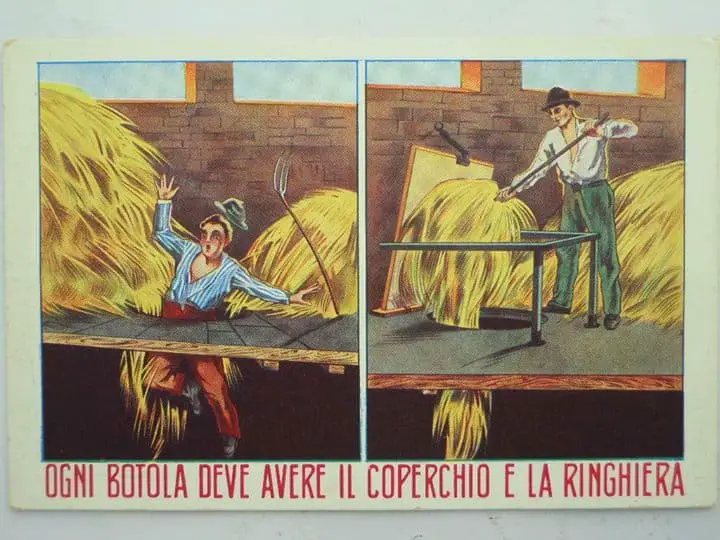
Haystacks and haybales are multivalent symbols in storytelling, utilised in horror as well as in cosy pastoral stories.
-
What Is Cosmic Horror?
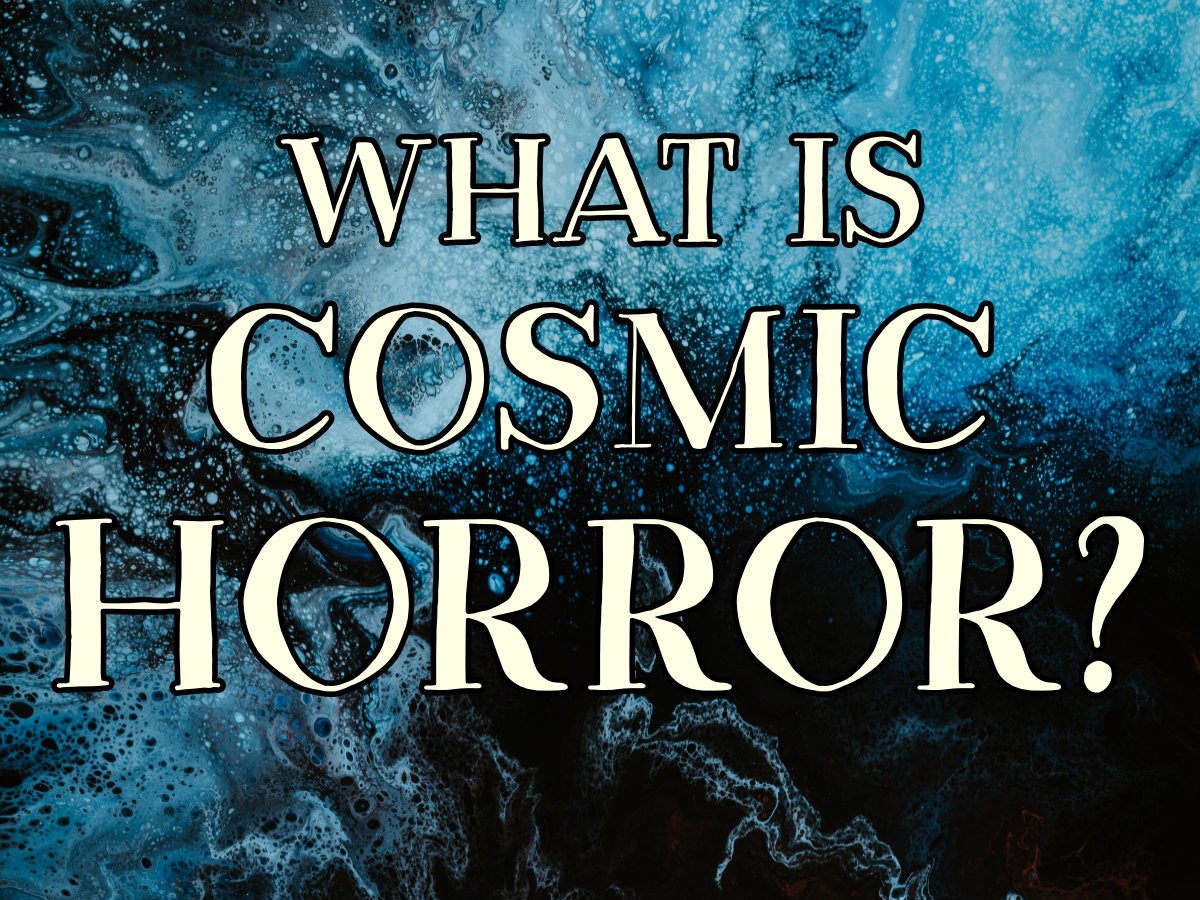
Do humans see reality as it really is? This is a fundamental question behind cosmic horror and is one philosophers and deep thinkers still ponder today.
-
Clowns in Art and Storytelling

Once upon a time clowns were an un-ironic take on the jester archetype. Storytellers could make use of clowns to lighten a mood. Shakespeare did it. Toon. A comic relief character generally intended to be recognized as such — Rosencrantz and Guildenstern are toons (most of Shakespeare’s comic relief characters are toons). Toons have a limited […]
-
Monster Pet! by McAllister and Middleton Analysis
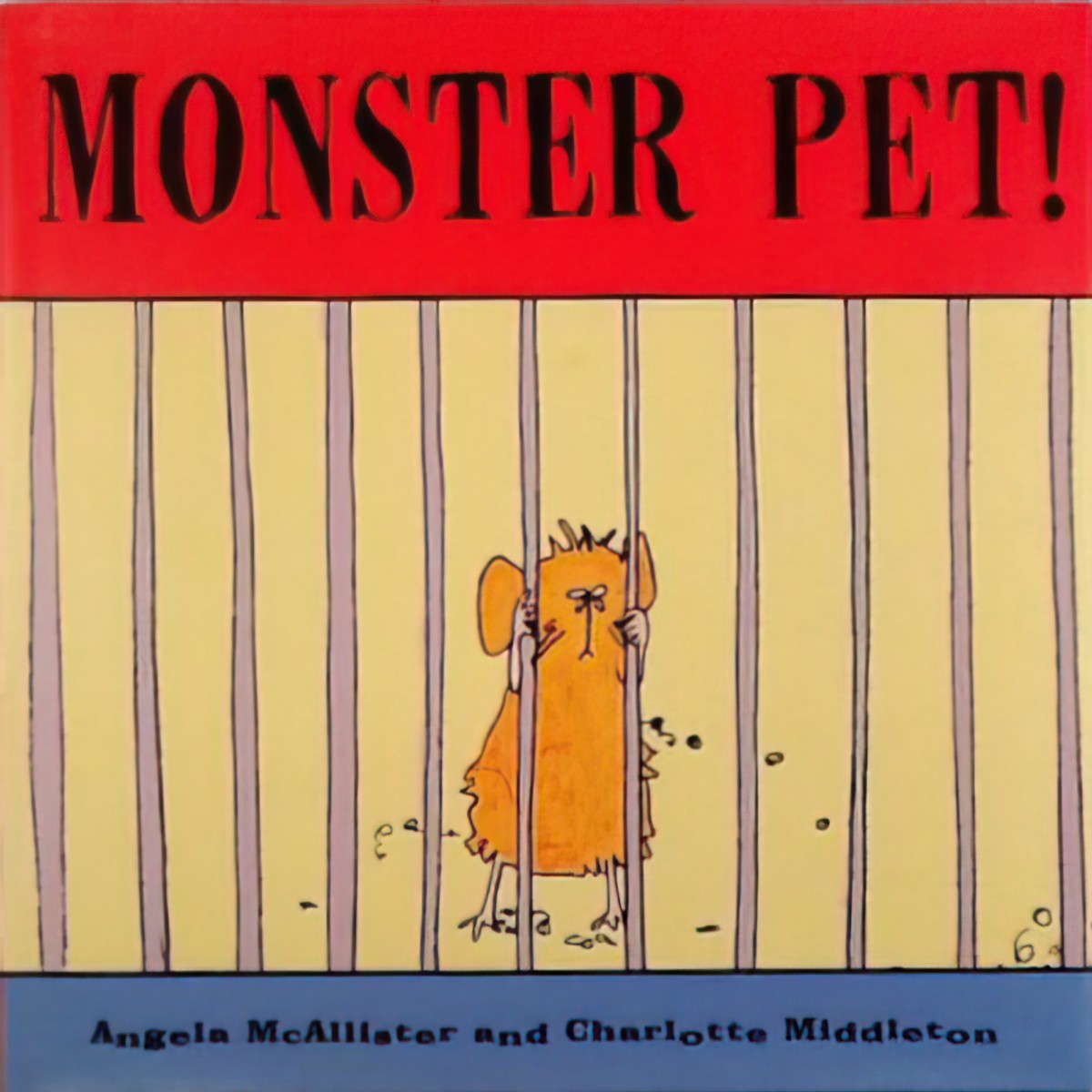
Monster Pet! is a 2005 picture book written by Angela McAllister and illustrated by Charlotte Middleton. The story is designed to get young readers thinking about the responsibility of caring for a sentient creature. A body swap plot is used to that end, though I suspect more empathy derives from the facial expressions on the poor little locked up mouse…
-
Disorientation And Spatial Horror In Fiction
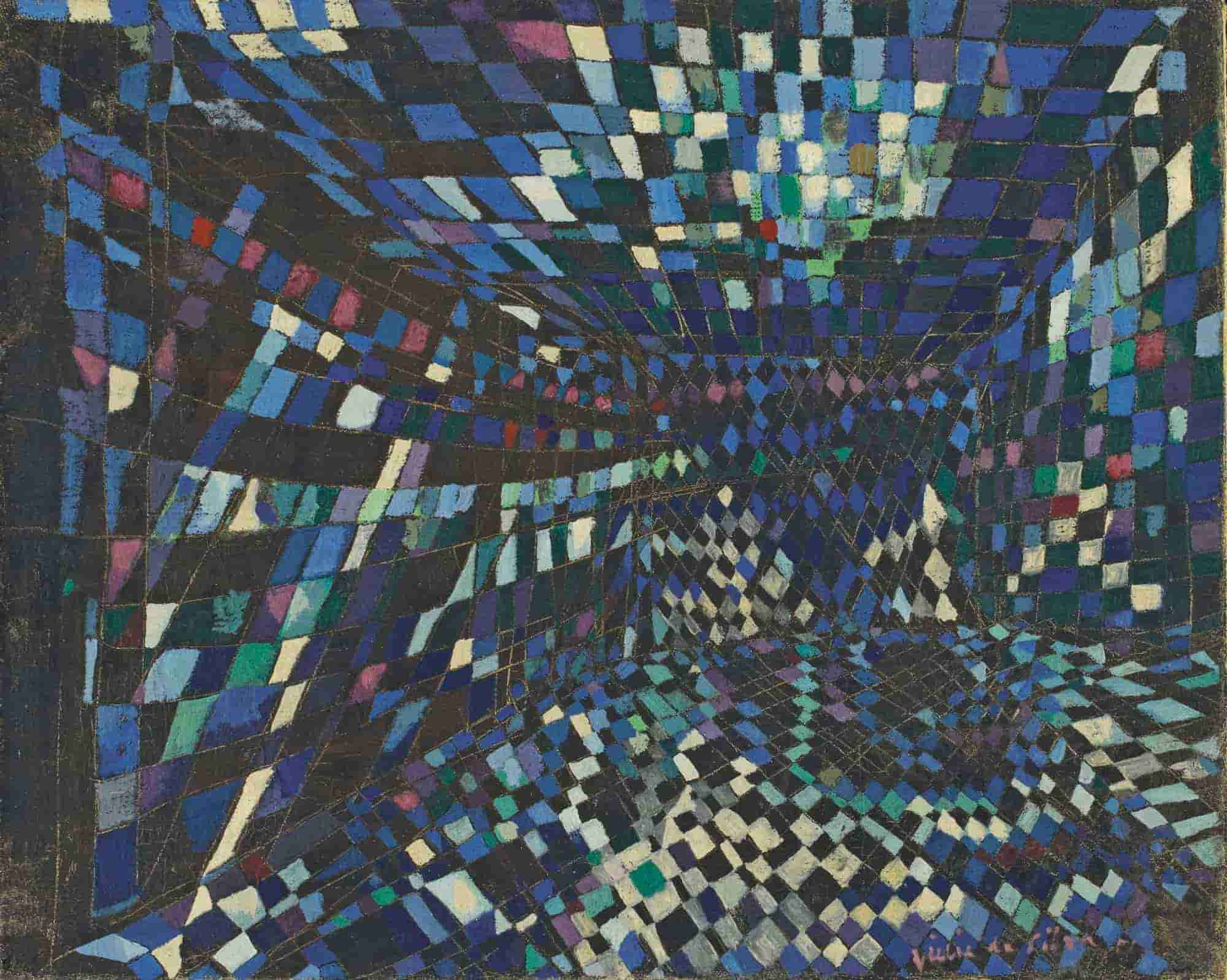
I’ve been thinking about ways in which a storyteller creates a sense of unease for the audience, but spatially. We might call this spatial horror. I’m talking about disorientation, dizziness, light-headedness, fear of falling, and various senses outlined in the graphic below.
-
The Creepiest Body Parts
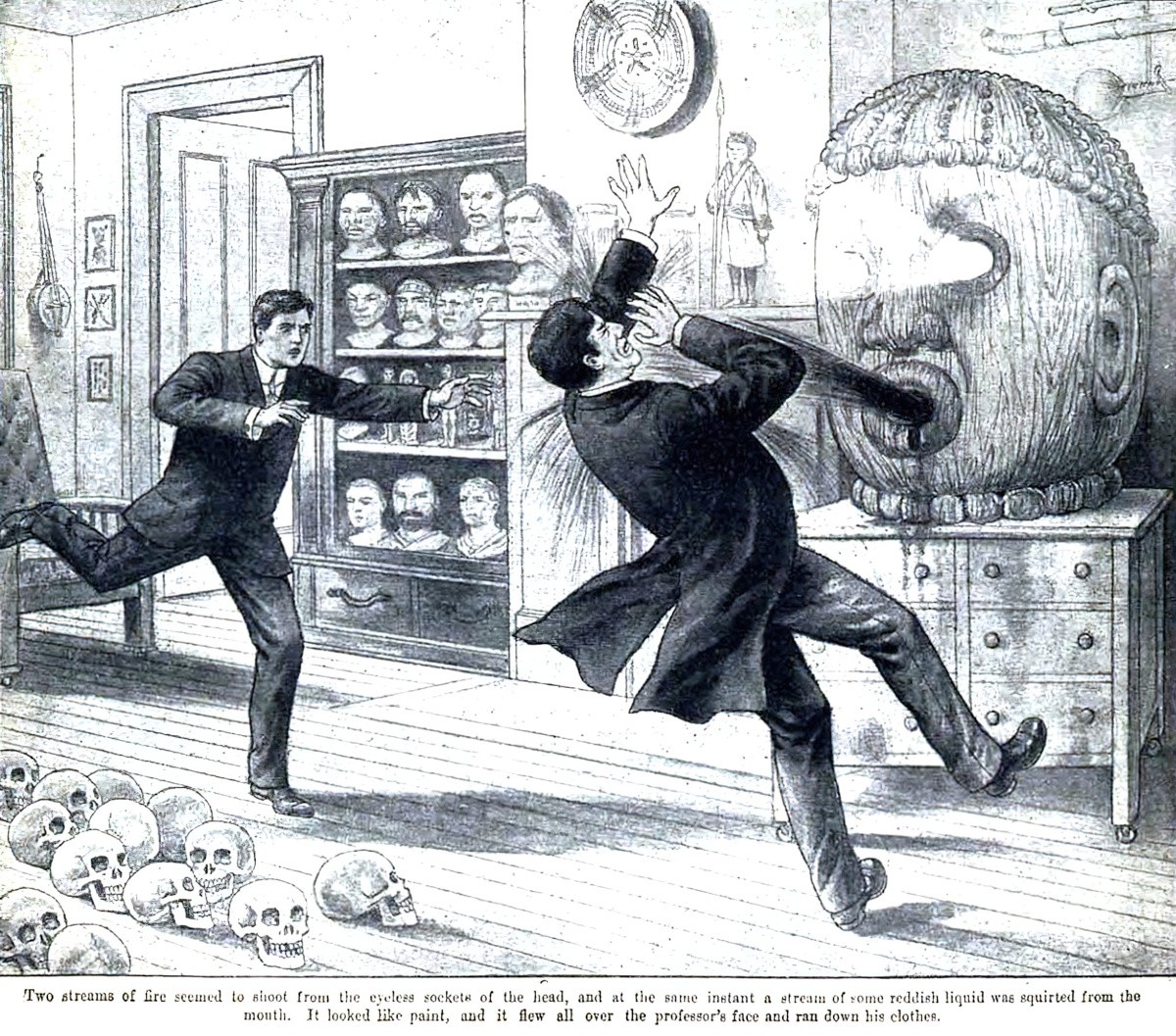
The human body is a grotesque, meaty thing. Storytellers can make use of our squeamishness by breaking the body into parts for horror or for comic effect. In his autobiography Going Solo, Roald Dahl takes a voyage to Africa. Onboard the ship he meets all sorts of weird and wonderful characters, as Dahl was inclined […]